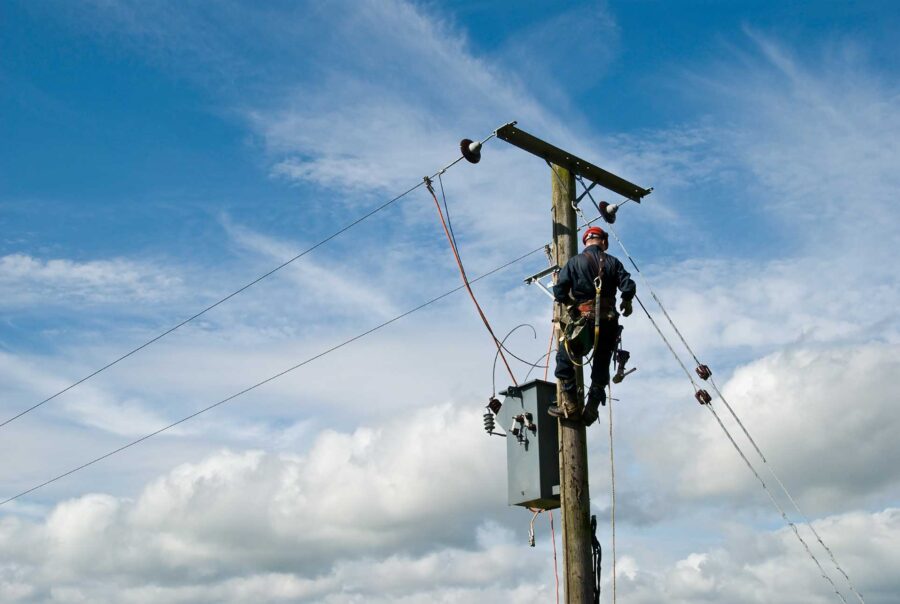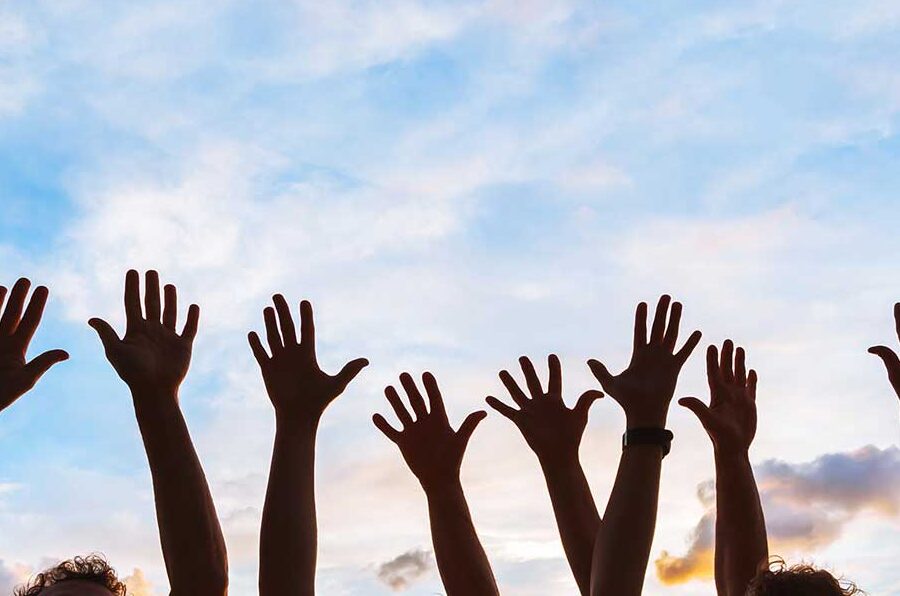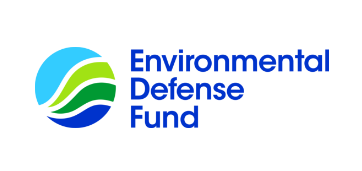Training
Foundations of Energy Equity
In an equitable energy system, there would be equity in both social and economic participation in the system while also remediating the social, economic, and health burdens placed on marginalized communities by the energy system. Everyone would have access to safe and reliable energy. All would have equitable access to the benefits of the clean energy transition. Energy equity and energy justice are connected to the environmental justice movement, which has its roots in the civil rights movement.
Community expert testimony puts equity on the official legal record in energy proceedings. Energy regulators can and should base their legal decisions on this information. For decades these officials have been accustomed to basing decisions on purely economic considerations. Having equity issues on the official record helps make these important perspectives foundational to regulatory decisions and provides a basis for holding officials accountable to the community.
Energy justice explicitly centers the concerns of marginalized communities and aims to make energy more accessible, affordable, clean, and democratically managed for all communities.
– Initiative for Energy Justice
Energy Equity Is an important Foundation for Energy Democracy
Energy Democracy is the idea that communities should have a voice and role in shaping and participating in energy decisions. It is about empowering communities and individuals to take control of their energy future. A definition by the Energy Democracy Project says, “Under Energy Democracy, working people, low-income communities, and communities of color and their allies become owners of their energy future and use those resources to benefit their communities.”
Measuring Energy Equity
The University of Michigan’s Energy Equity Project developed a robust framework to measure energy equity, which they defined along four dimensions: Recognition, Procedural, Distributive, and Restorative. The descriptions below are reduced from more extensive charts available in the report itself.
- Recognition explores who is in a community, focusing on elements such as its demographics, its pollution burden, climate vulnerability score, historic presence of toxics or redlining, as well as the energy rates applied to community members.
- Procedural measurements look at public engagement in decision-making, such as: are frontline and low-income communities able to participate in decarbonization and energy planning? Is it easy for them to access information, qualify for and enroll in programs, and participate in the regulatory process?
- Distributive dimensions look at how people are affected by their energy system in terms of air quality, job opportunities, community health outcomes tied to the energy system, and the proportion of BIPOC and frontline communities benefiting from energy programs aimed at lowering costs and increasing clean energy solutions.
- Restorative measurements aim to repair past harm and avoid future harm resulting from the energy system. Restorative elements that can help set conditions to repair past harm include information and data transparency, measurements of opportunities to make change, and shifting the ownership of the energy system and its elements.
Achieving Energy Equity
Achieving energy equity will require moving from what Movement Generation, as part of its Our Power campaign, called a “dig, burn, dump” energy system to a regenerative framework emphasizing caring, cooperation, sustainability, and ecological and social well-being. Building a framework that moves toward energy equity includes several steps, such as: setting equity targets (such as “30% of residents in my community have access to clean energy sources”) and mapping processes for co-developing energy decisions with community partners, building to a shared vision. Other steps that help move systems toward equity include having access to transparent and accessible data on energy use, ensuring that both quantitative and qualitative data both have a role in driving decisions, and building accountability for all participants, including energy companies and regulators. Clearly defined roles and responsibilities for implementing an energy equity plan helps hold partners accountable.
The work of achieving energy equity is likely to be different for frontline communities than for regulators and energy companies, and these differences should be recognized in the above steps.













